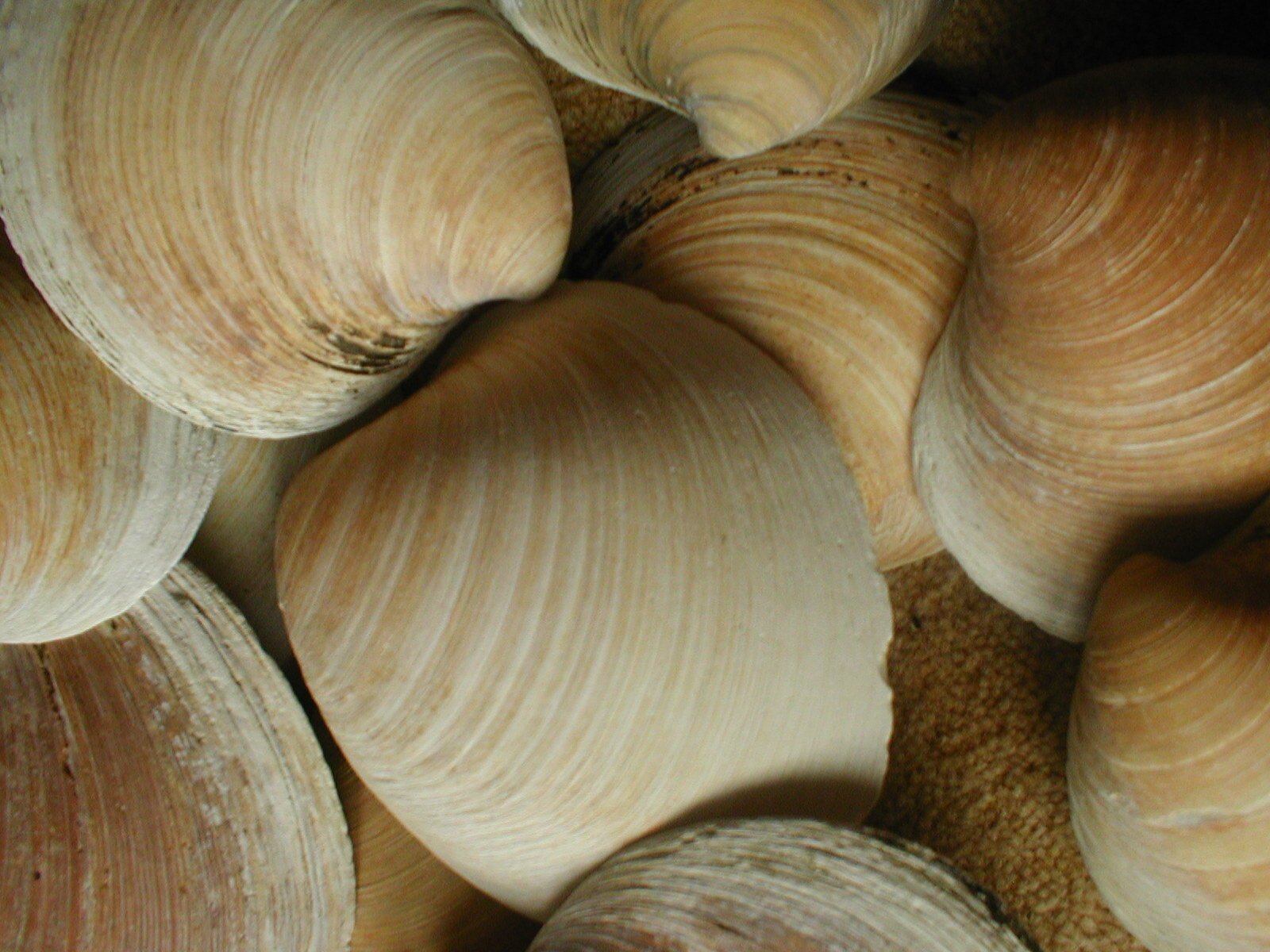Ocean quahog shells (Arctica islandica)—nature’s silent record keepers—are revealing alarming signs about the stability of the North Atlantic Ocean’s circulation systems. According to a new study published in Science Advances, the growth rings of these long-lived bivalves preserve vital clues about historical oceanic conditions.
By examining 25 shell-derived records spanning the past two centuries, scientists have detected two major episodes of instability within the Subpolar Gyre (SPG)—a massive, rotating system that forms part of the Atlantic Meridional Overturning Circulation (AMOC). These currents play a crucial role in regulating global climate patterns.
The researchers found that the SPG became dramatically unstable during two key periods:
-
Between the early 1800s and 1920, a major documented circulation shift occurred.
-
1950s to the present, a period of ongoing instability that mirrors pre-shift conditions from a century ago.
By analyzing the chemical composition and growth widths of the clam shells—much like studying tree rings—scientists traced how long the ocean took to recover from natural disturbances. Their findings suggest that the North Atlantic may be approaching a climatic tipping point, one that could alter global weather systems in unpredictable ways.
The study serves as an early warning: while the system is weakening, the tipping point has not yet been reached. With integrated climate monitoring and international collaboration, governments still have a chance to mitigate further stress on these oceanic systems.
At DatalytIQs Academy, we adapt such scientific findings to educate learners on climate analytics, environmental modeling, and data interpretation—helping the next generation understand and respond to complex planetary changes through evidence-based analysis.
Credits:
-
Author: Paul Arnold (Phys.org)
-
Editors: Gaby Clark, Robert Egan
-
Image Credit: Paul Butler
-
Adapted by: DatalytIQs Academy

